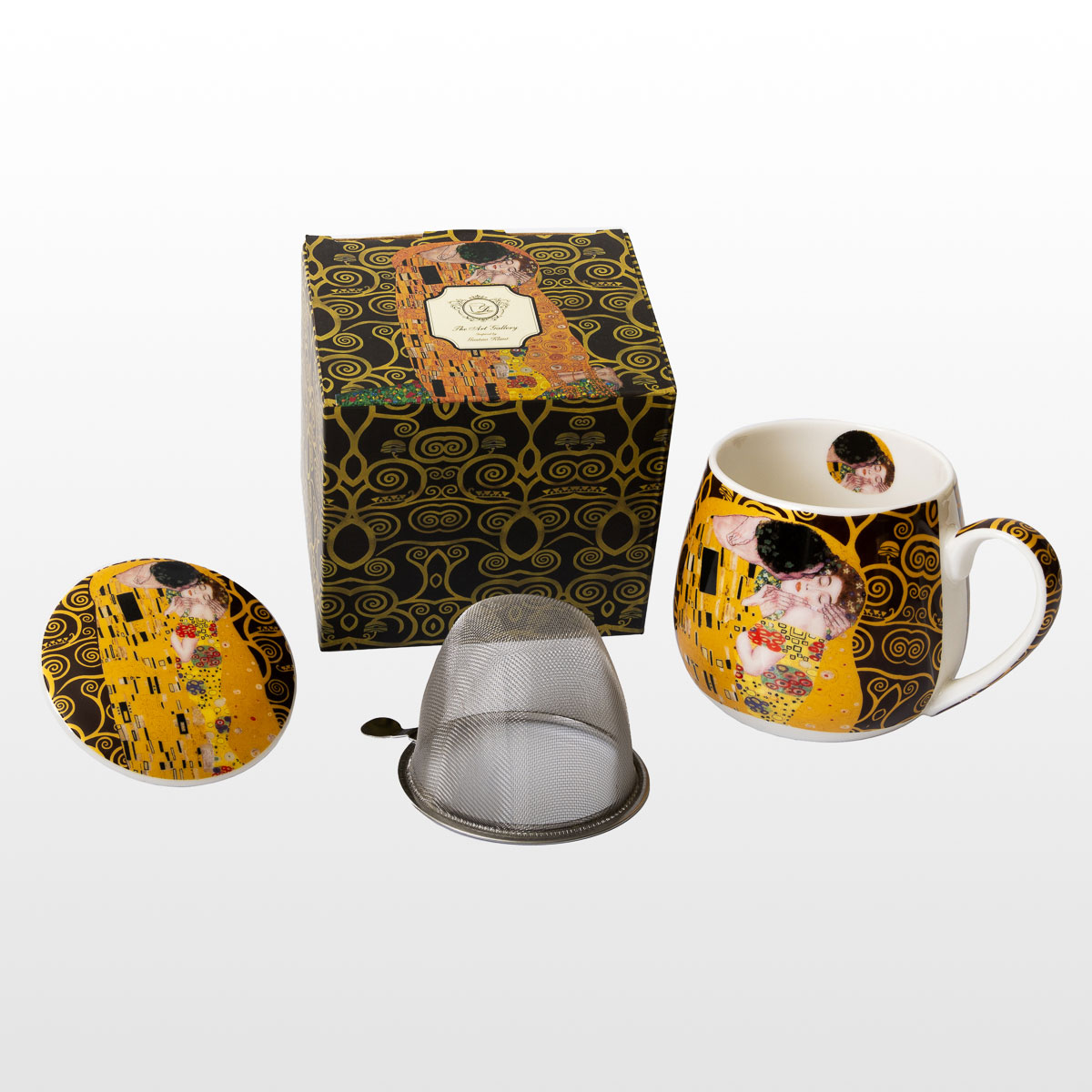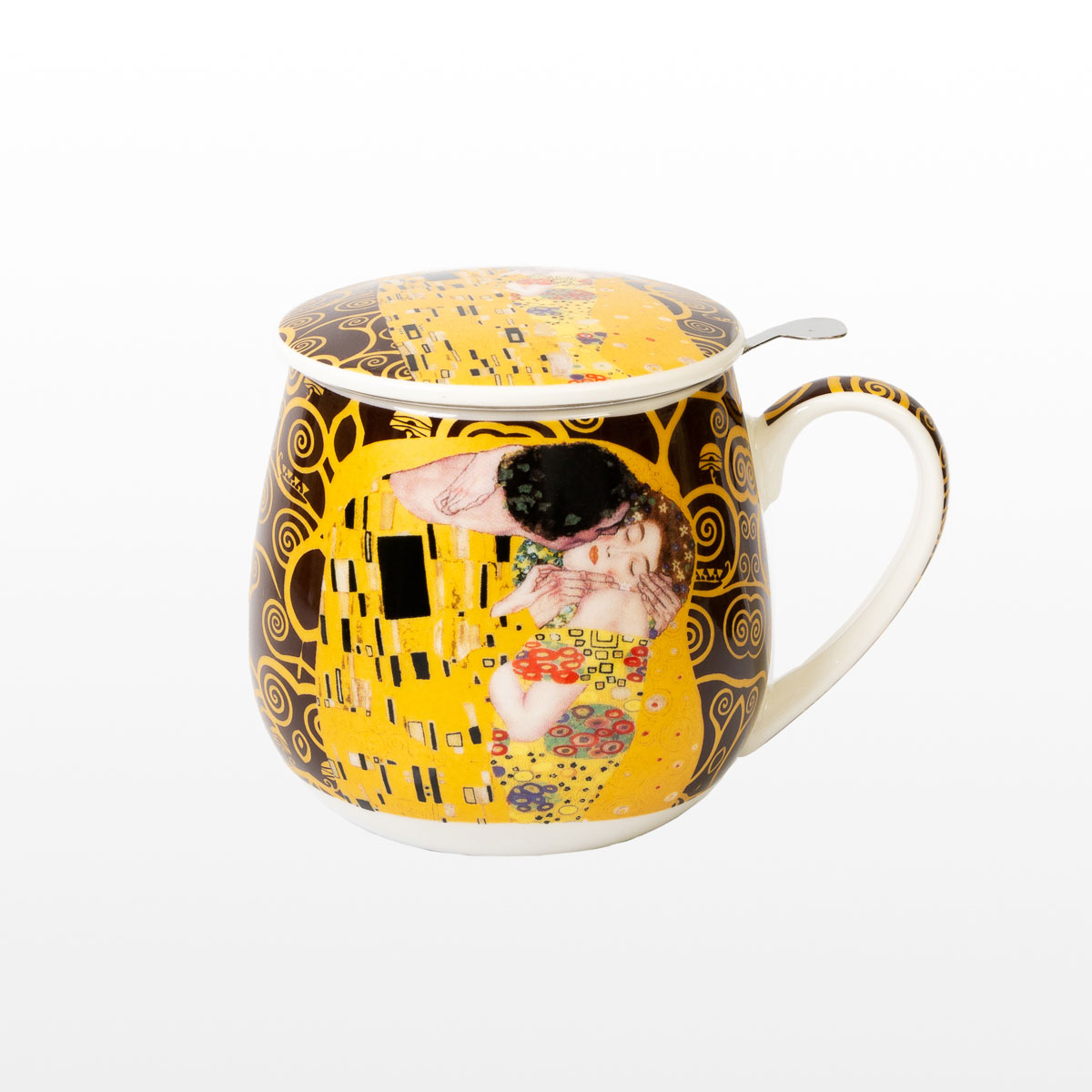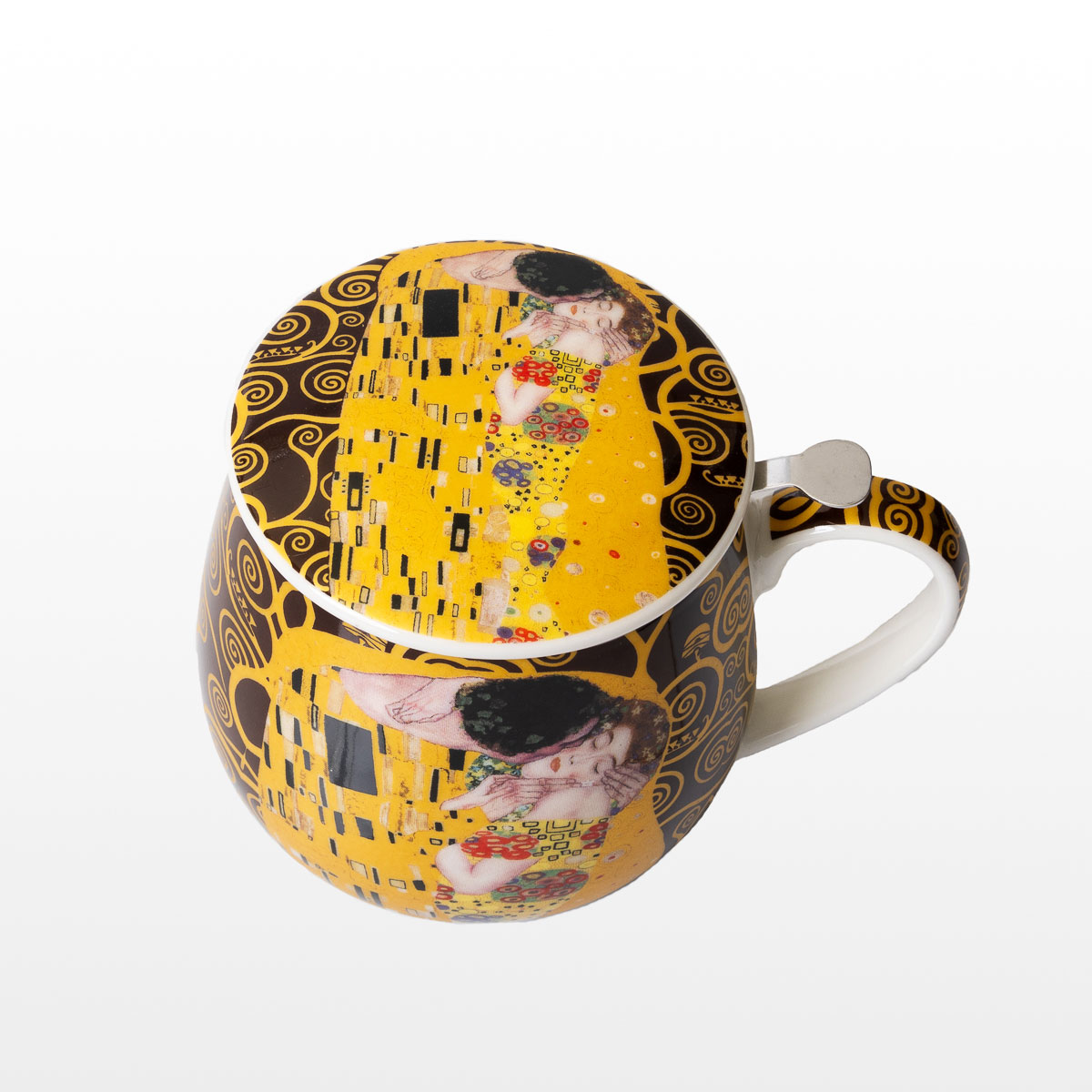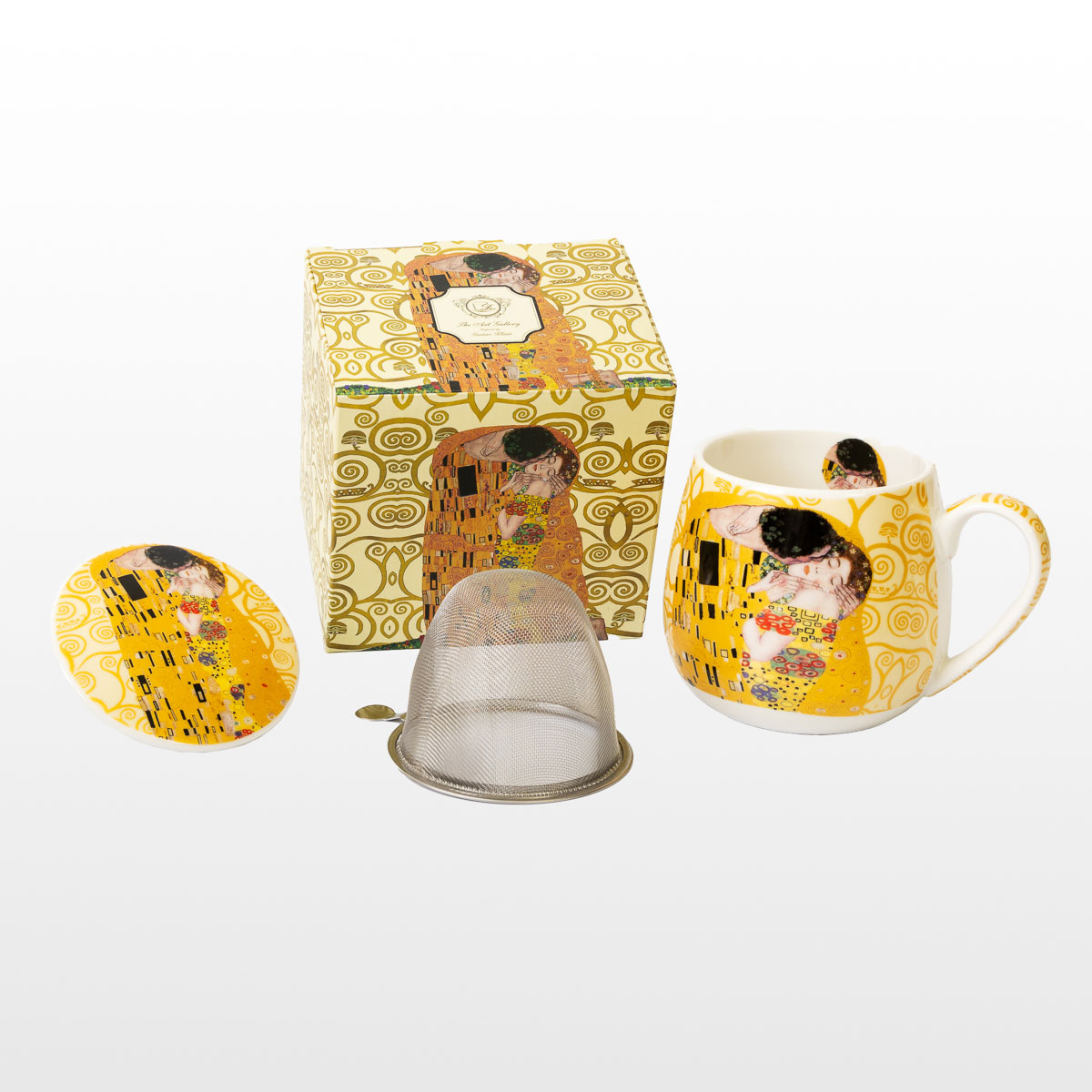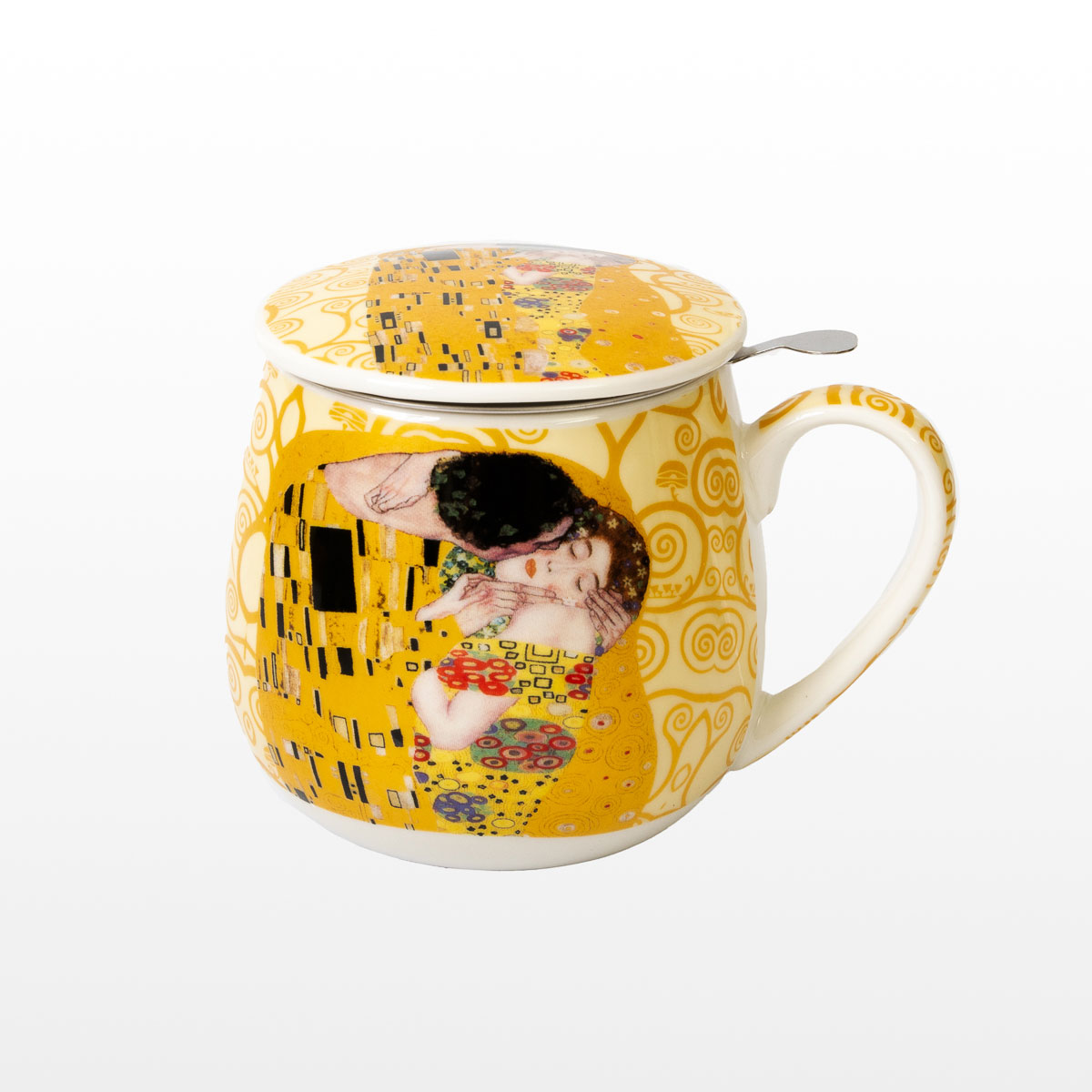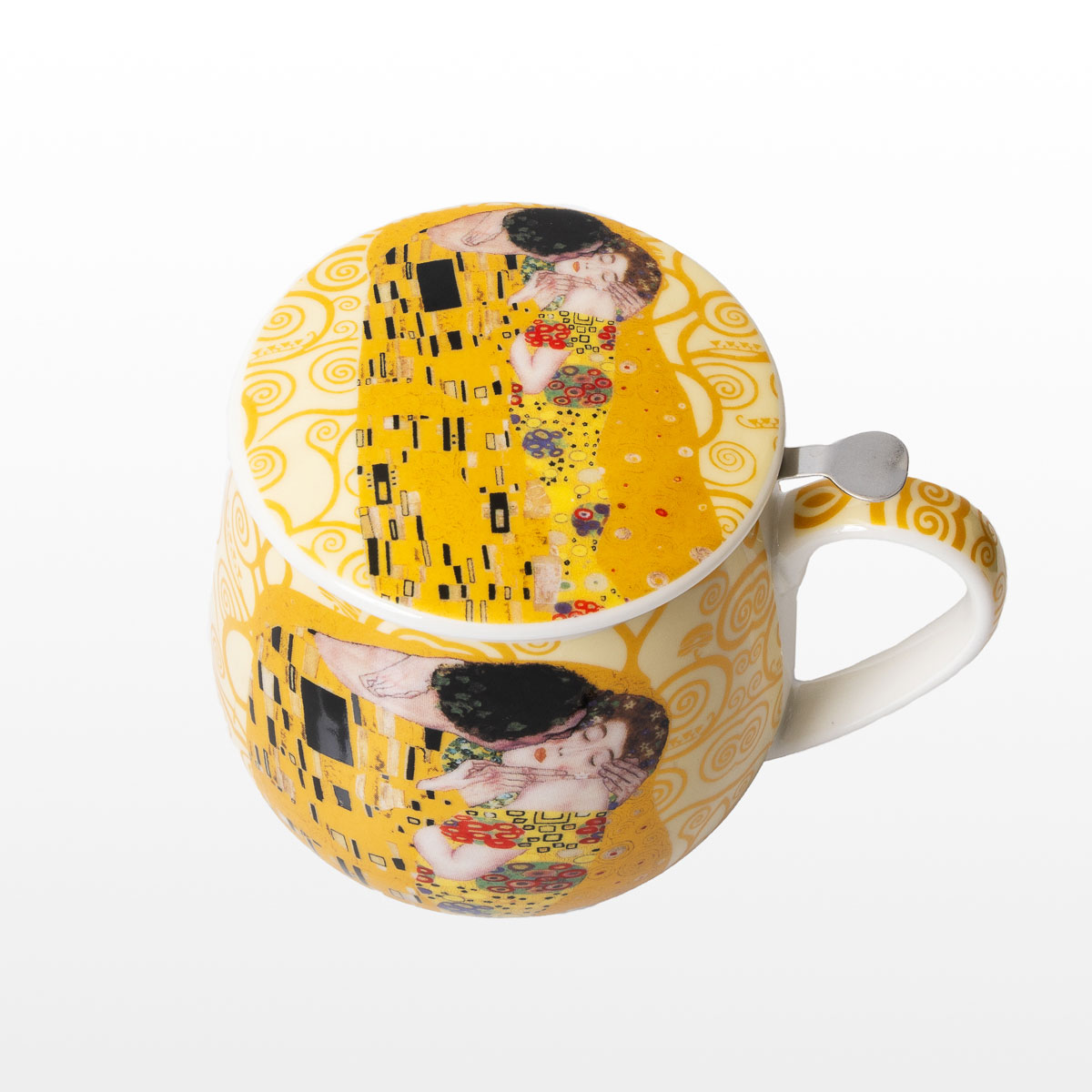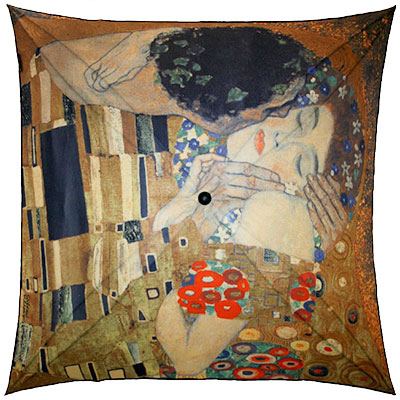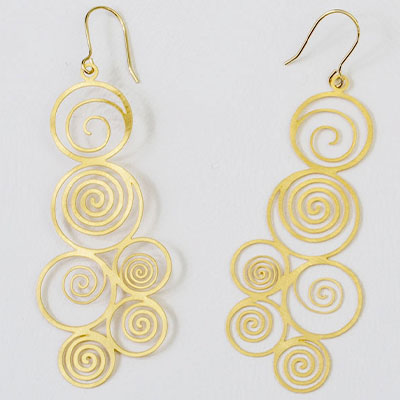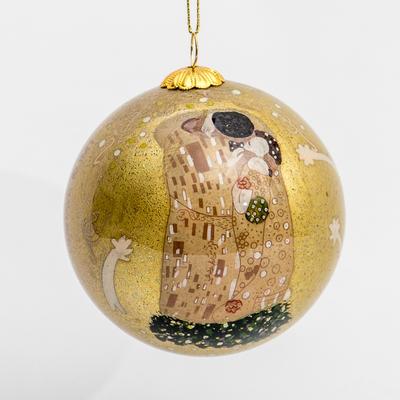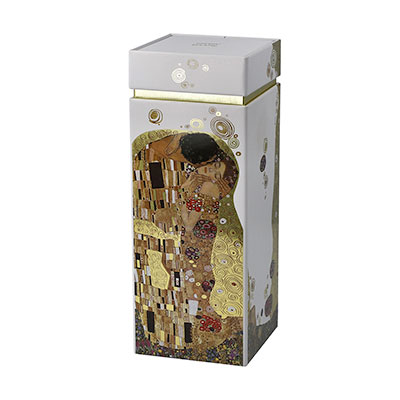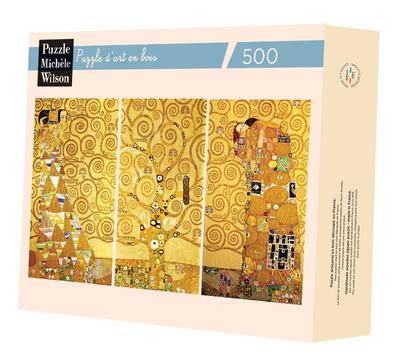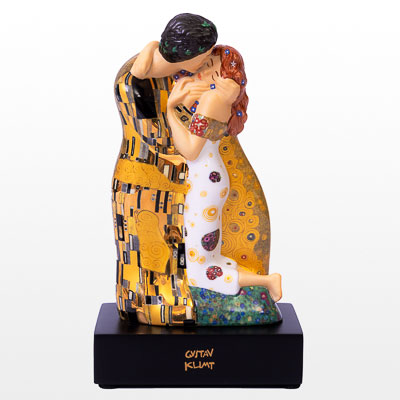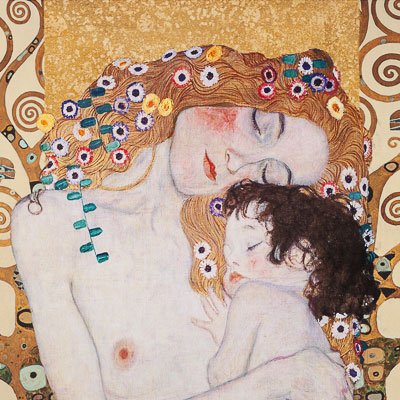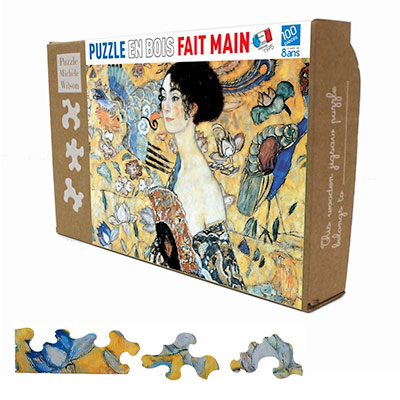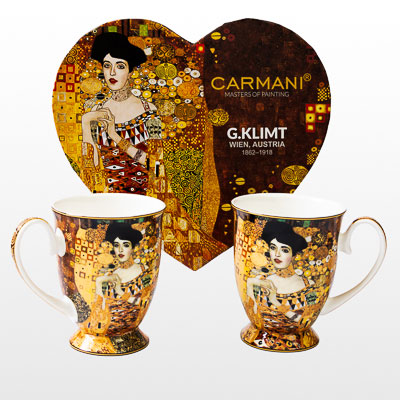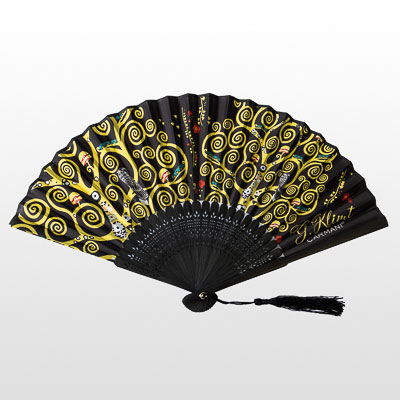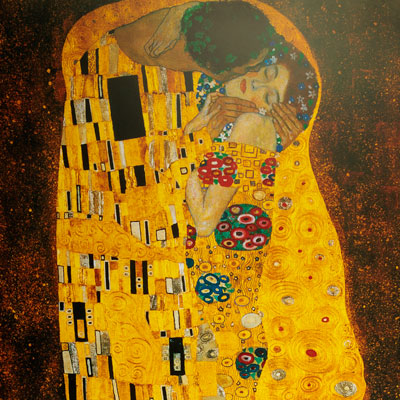Tel : (+33) 4 94 63 18 08
9am - 6pm from Monday to Sunday
All products Gustav Klimt • Products of the topic Art Nouveau
Gustav Klimt Mug snuggle (with tea infuser) : The Kiss (on Tree of Life background)
REF : CA-KLIMT-DUO-13
In stock
Only 1 in stock
Unavailable
29,90 €
Gustav Klimt Mug snuggle in porcelain (with tea infuser) : "The Kiss (on Tree of Life background)"
H : 10 cm
Ø : 8.2 cm
430 ml
* * * * *
The Tree of Life (1909), Gustav Klimt
It is in the splendor of the Belle Époque that Gustav Klimt, the brilliant Austrian painter, is commissioned to create what will become one of his masterpieces, the Stoclet Frieze, giving birth to The Tree of Life. Through his friend, the architect Josef Hoffman, he is invited to adorn the walls of the dining room of the Stoclet Palace, owned by the Belgian banker Adolphe Stoclet and his wife, both art collectors, in Brussels. A pivotal room in the mansion, as it is where the Stoclets entertain their guests, the dining room was to be the epitome of the edifice. With its exorbitant cost for the time, 100,000 crowns, "The Stoclet Frieze" lives up to the magnificence desired by the Stoclet couple and continues to impress to this day. The Palace was inscribed on the UNESCO World Heritage List in 2009. The Stoclet Frieze is presented in three disjointed panels, made of bronze, platinum, gold, and silver, as Klimt was in his so-called golden period (strongly influenced by Byzantine art). Two large panels, each measuring nearly 7 meters long by 2 meters high, face each other, and a third, much smaller, 1 meter by 2 meters, joins them on a third wall. The Stoclet Frieze begins on the left wall with a solitary woman, inspired, by her position and attire, by a dancer from Upper Egypt, known as the Wait, who draws us into the work. It continues with the Tree of Life, majestic and impressive, with its branches spiraling into golden coils, reaching out to the Wait and capturing her, binding her to the tree. The Tree itself is set in a meadow of brightly colored and stylized flowers (inspired by the garden of Villa Oleander in Austria, where Klimt spent time with his mistress and muse Emilie Flöge). The spirals, on the other hand, find their origin in the decorative motifs of ancient Greece, known as Mycenaean. Additionally, apart from the Wait, other details are directly inspired by Egypt and Egyptian art, such as the falcon Horus perched on one of the branches, and the stylized eyes (a recurring motif within the intertwined branches), also associated with the god Horus, known as the "eye of Udjat." Both elements symbolize union and protection in Egyptian culture. Opposite the Wait, a form made of triangles and circles (symbolism is prevalent in Klimt's work), entirely crafted in silver, balances the first panel. On the wall facing it, the second panel replicates the same form of triangles and circles, the same Tree, but facing the Wait. This time, a couple in an embrace is connected to the Tree. The man and the woman are reminiscent of the couple in The Kiss, painted at the same time. This part of the work is called The Fulfillment. Bringing together these two immense panels, positioned on a smaller third wall, is a form called The Knight, more geometric and symbolic. From this Stoclet Frieze, Klimt created a canvas where he united the three important figurative elements, the Wait, the Tree, and the Fulfillment, thus forming The Tree of Life! In Christian culture, it is linked to the Tree of Knowledge of Good and Evil and recognized as a symbol of wisdom, rebirth, and immortality, making this work by Klimt a universal piece capable of transcending time and captivating us even today. In addition to these sumptuous mosaics from the Stoclet Palace fresco in Brussels, this work can be contemplated in the form of canvas paintings that Gustav Klimt created as preparatory studies and are now exhibited at the Museum of Applied Arts in Vienna, Austria.
Art Nouveau
Art Nouveau: An Ornamental Whirlwind that Marked the World of Art
Art Nouveau, this artistic movement that emerged in Europe at the end of the nineteenth century, managed to enchant the senses and revolutionize artistic conception until the first decades of the twentieth century. Its founders, visionary minds like Victor Horta and Hector Guimard, infused a new vitality into creative expression by adopting an extravagant ornamental style, resembling a visual symphony inspired by nature. Between 1895 and 1905, Art Nouveau reached its peak, submerging the artistic and architectural landscape with its flamboyant brilliance. However, its imprint deeply rooted itself in the intricacies of art and architecture, stretching far beyond that prosperous period. The movement drew inspiration from various artistic and cultural currents of the time, such as Japonism and the Arts and Crafts Movement, skillfully merging traditional and modern elements to create a bold aesthetic. Art Nouveau artists left their mark with fluid curved lines and intricate ornamental motifs, blossoming like flourishing petals in their creations. Their passion for nature translated into works brimming with life and energy, capturing the very essence of the natural world in breathtaking beauty. They also explored new artistic paths, pushing boundaries through innovative production techniques, such as blown glass and forged metal. These daring creators found their expressive ground in a multitude of artistic fields, whether in architecture, sculpture, engraving, photography, or furniture design. Names like Victor Horta, Hector Guimard, Gustav Klimt, Antoni Gaudí, Alphonse Mucha, Théophile Alexandre Steinlen, Henri de Toulouse-Lautrec, and Aubrey Beardsley illuminated the artistic scene with their creative genius. Their works, exhibited at international events, spread the fame of Art Nouveau to all corners of the globe. Although Art Nouveau held a prominent place in art history, it did not escape criticism, with some reproaching it for its lack of political and social depth. At the turn of the twentieth century, it eventually gave way to new artistic movements. Nevertheless, its legacy endured, imbuing art and architecture with timeless influence. Even today, it is celebrated and admired for its unparalleled splendor and creativity, an eternal testament to a time when art dared to push the boundaries of imagination.
Discover the artist
Klimt Gustav
Gustav Klimt: Artistic products of the famous Art Nouveau artist . We propose a large choice of articles as umbrellas and silk scarves made in France, art jewelry or artistic puzzles.
